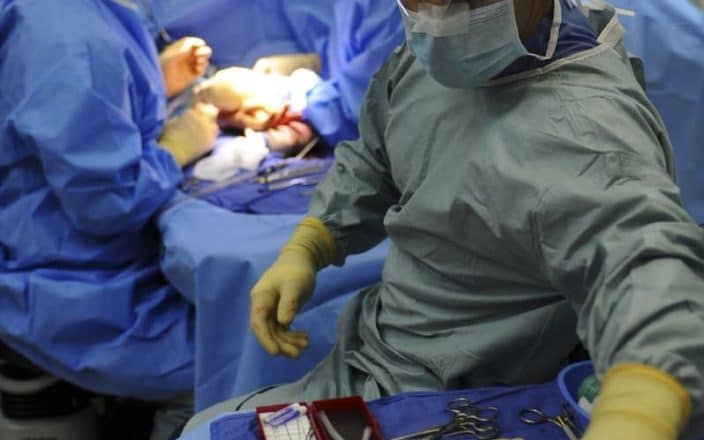Corona Update: SURGE CAPACITY SOLUTIONS – The mobi is a mobile headwall (equipment consolidator) that can be set up in any space that has an electrical outlet: next to a chair, a bed, a cot in a hallway, a cafeteria, or anywhere patients need to be located. Click here for more information.
Early Patient Mobility Key Article
Patient Ambulation and Secondary Infections

Patient Ambulation and Secondary Infections
Patient Ambulation and Secondary Infections
Helping Hospitals Reduce Costs With Patient Ambulation
Patient Ambulation and Secondary Infections. Patient immobility is known to contribute to the buildup of fluid in the lungs and reduces the circulation of blood and lymph, which can worsen the effects of severe respiratory illness and increase the risk of dangerous and costly secondary complications, including delirium and pressure ulcers. These hospital-acquired complications make recovery harder for patients, but they also dramatically increase cost-of-treatment for hospitals. Fortunately, these costs and complications are avoidable though safe early patient mobility (patient ambulation).
Patient ambulation (patient mobility) may not have been feasible in the first wave of COVID-19, but now that designated wards and facilities have been re-established, returning to best-practice patient mobilization can only have positive outcomes for patients and staff, while significantly improving overall hospital cost-savings. Even incremental reductions in hospital-acquired secondary conditions are medically and financially beneficial for patients, staff, and hospitals. The benefits from patient ambulation are numerous, especially when it comes to positive patient outcomes, but the financial benefit across hospital operations is significant.
Key Facts:
- A systematic review of medical studies found that because early patient ambulation decreases the risk of secondary complications (delirium, infection, pneumonia, death), it also dramatically reduces costs to the hospital, which is not remunerated for hospital-acquired complications. (Hunter 2014)
- A study conducted at a community acute care hospital found that patients who received mobility intervention had fewer falls, ventilator-associated events, pressure ulcers, CAUTIs, delirium days. They also had lower sedation levels, improved functional independence, and lower hospital costs. (Fraser 2015)
- The implementation of a progressive mobility or ambulation protocol in a cardiothoracic surgery unit reduced patient length of stay (in ICU and overall), reduced ICU readmission rates, and decreased the risk of pressure ulcers. Overall, the new protocol had positive implications for both staffing and cost-savings. (Floyd 2016)
- One hospital introduced a systematic schedule for their pediatric unit and found that patients experienced: shorter periods of bed rest, reduced pressure sores, fewer falls, and decreased length of stay. Overall, early mobilization resulted in cost savings for both the patient and hospital. (Letzkus 2013)
- When an academic medical center implemented a comprehensive early mobility protocol for its cardiothoracic surgery unit, they saw a statistically significant reduction in patient length of stay (in ICU and in hospital), a decline in ICU readmissions, and a reduction in secondary pressure ulcers. The reduction of complications associated with immobility resulted in a net benefit for the hospital in terms of both staffing and cost savings. (Fraser 2016)
Bibliography:
The Case of Early Mobilization
Implementation of Early Mobility Program in the ICU
Can Progressive Mobility Hasten Recovery
Livengood Mobility Solutions
Learn more about Livengood Medical Mobi Solutions and Livengood PPE Products.
What Customers Say
Testimonials
Contact Us Now to Talk to a
Mobi Ambulation Specialist
#502
Fort Collins, Co 80525
United States
mobi Patient Mobility
sales@livengoodmed.com









